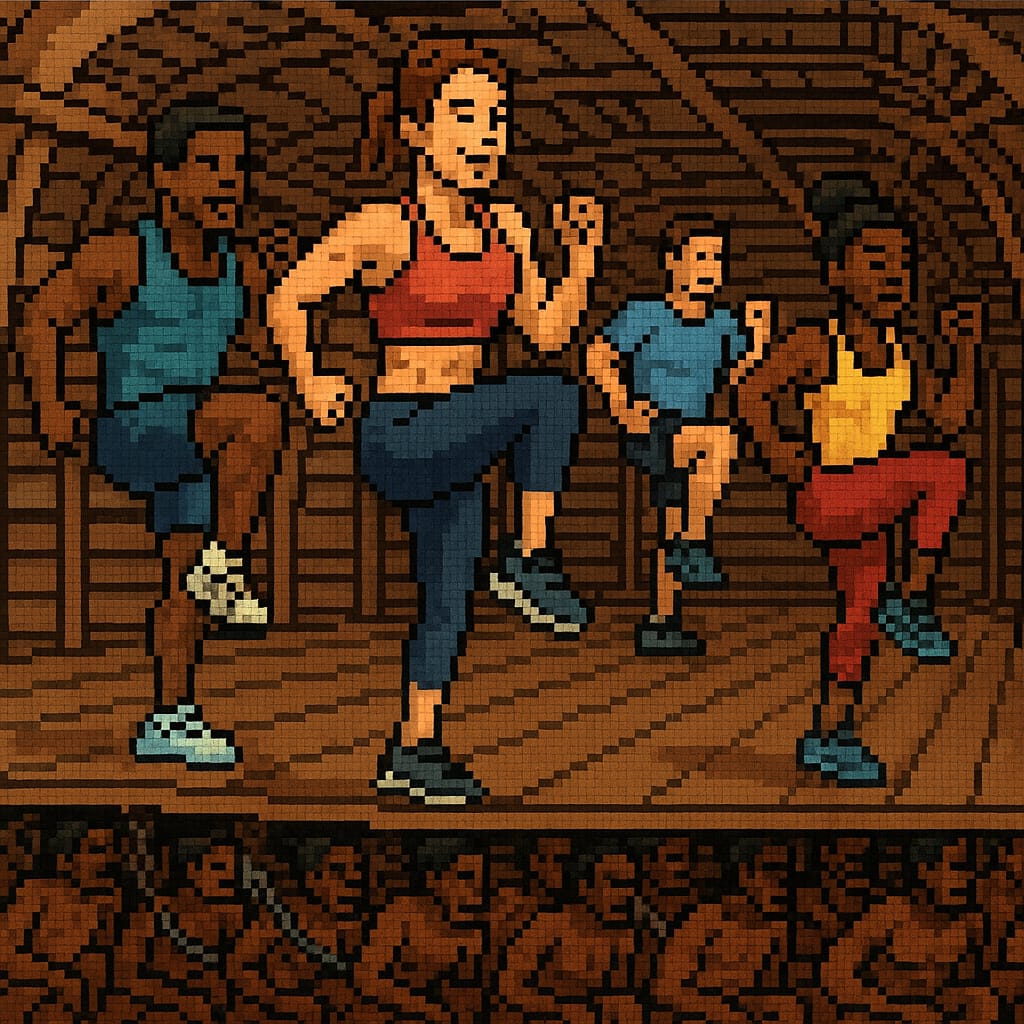Recently, when I got home from a communal celebration of my work in Santa Fe, I gave my son Kyah a wooden jigsaw puzzle toy called 'Coogam Wooden Blocks'. It was a small tablet-sized board composed of delightful, colourful Tetris-shaped pieces - one of several gifts I was bestowed with at the celebration. Kyah, my autistic six-year-old prophet of the crossroads, grabbed the thing, unwrapped its plastic wrapping in one fell swoop, and got down to putting the pieces back together.
I wasn't too invested in what he did with the puzzle: I simply wanted him to play, to enjoy himself. Or so I thought. Because when he came back to me moments later with a strange request, I found the low rumbling sound of guttural resistance quite disappointing. Kyah's outstretched hand held one lonely, blue, 'L'-shaped piece of the puzzle. His eyes were keen and focused: "Can you get rid of this for me?"
I explained to him that this wasn't how puzzles worked: "You cannot just toss out a piece if it doesn't fit." He was however adamant, and suggested I throw the piece away. I feigned compliance, slipped the despairing orphan into my pocket, and made a mental note of my invisibly persistent fixation with "usual" outcomes for his play.
Hours later, he returned with more roadkill. "Can you also throw these ones away, please Dada?" In his little hand, he held three of those poor worker pieces, now captive to his whims. He was like a drunk surgeon at an operating table tossing away vital organs that he didn't like. At some level, I recognized that my argument didn't hold much power with him, and yet I tried again to "reason" with him, to urge him to try to work with what he had. To try to complete the puzzle. As I spoke to him, I moved to the table where he had been playing.
And then I saw it.
Kyah had been arranging the pieces according to their commonalities, their shared features, not according to how they had been pre-cut to "complete" the game. He had convened blue rows of 'L'-shaped pieces, black rows of 'I'-shaped pieces, and orange rows of ']'-shaped pieces. The flat board was now a village of little, spritely shapes in conversation with their kin, stacked upon other princely rows of pieces. Between their parliamentary conversations, awkward and unanticipated gaps emerged - within which nothing could fit. I finally understood why he wanted me to throw away the other wooden pieces: Kyah didn't care about the 'big picture', and couldn't care any less about finishing the puzzle. For me, there was only one way to finish it, only one way the makers of the puzzle expected users ought to play with the pieces; but Kyah - he had found several ways to play that had no neurotypical finish lines.
In the smiling minutes that followed, I realized that while Kyah 'had' autism, I 'had' oughtism. Oughtism is my name for the ways we are trained, habituated, conditioned, and rewarded to think along dominant lines of production. How we 'ought' to behave. A tendency towards the already known. A regulatory refrain that whispers how bodies ought to look like, ought to behave like. Oughtism is neurotypicality in its production of embodied relations of normopathological repetition; it is the sweeping regime of the obvious, a vocation of lines and their secretions, a rush to solutions.
But the obvious can render the world invisible. Kyah's blindness to the obvious is how he strays away from being fully disclosed, being found. Kyah teaches me to look again. Not just at myself but at the world that has never been fully made or rendered. And what's prophecy if not the invitation to look again?
In these moments of wars, angry lines, and angrier flames, may we be visited by outstretched arms and offending requests to toss away the crippling fixation with neurotypical goals. And may we find the minor gesture lurking between the pieces, in breath-snatching shapes that flash up through the blinding obvious.















